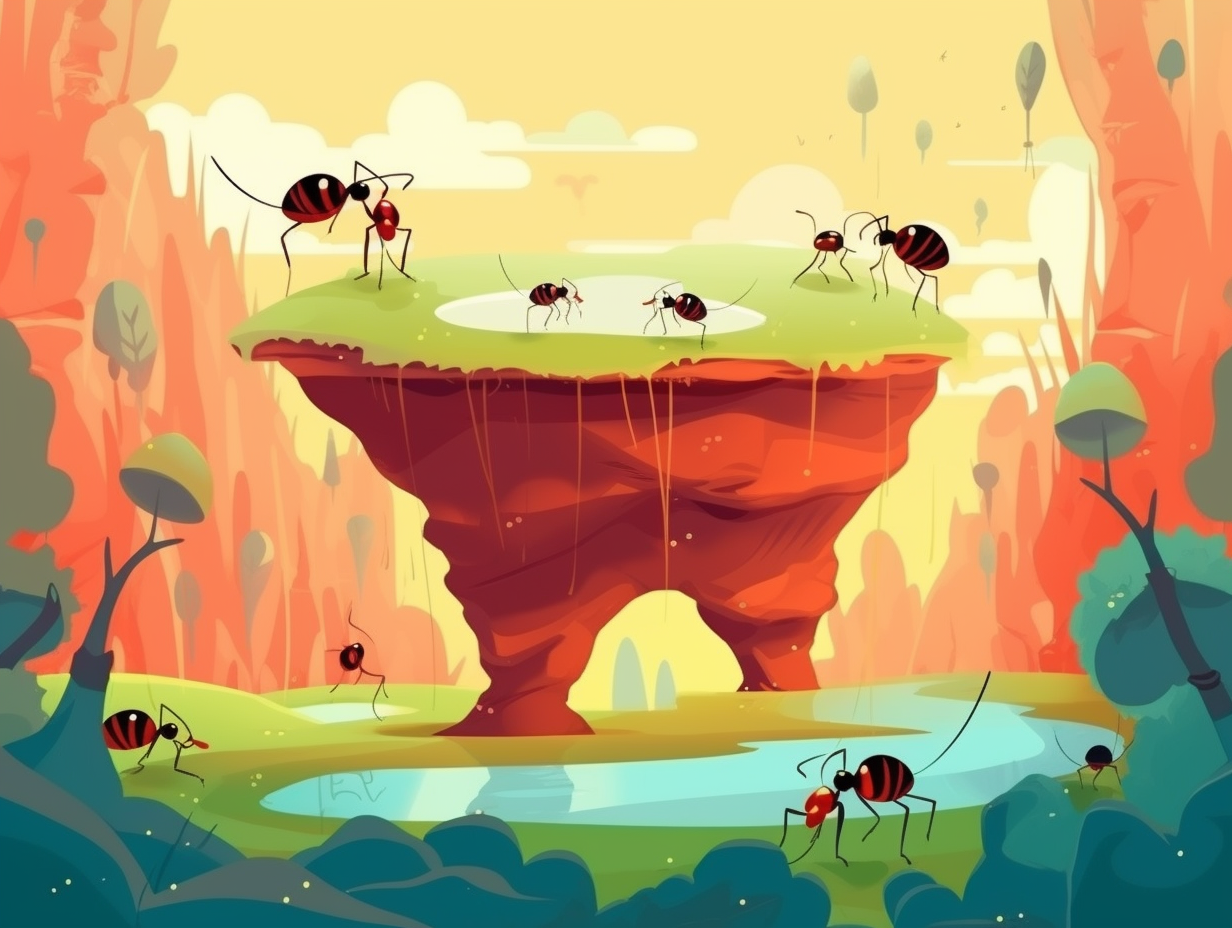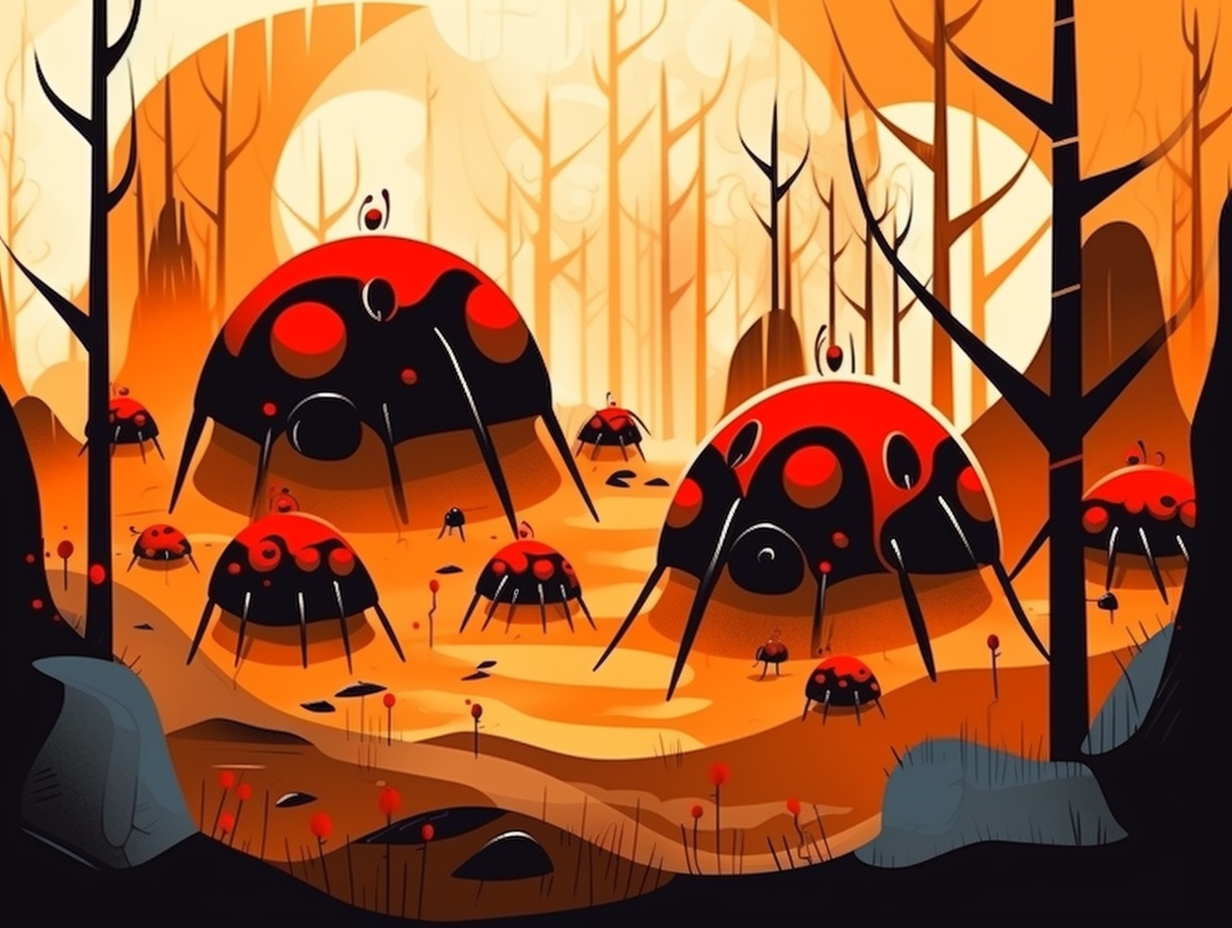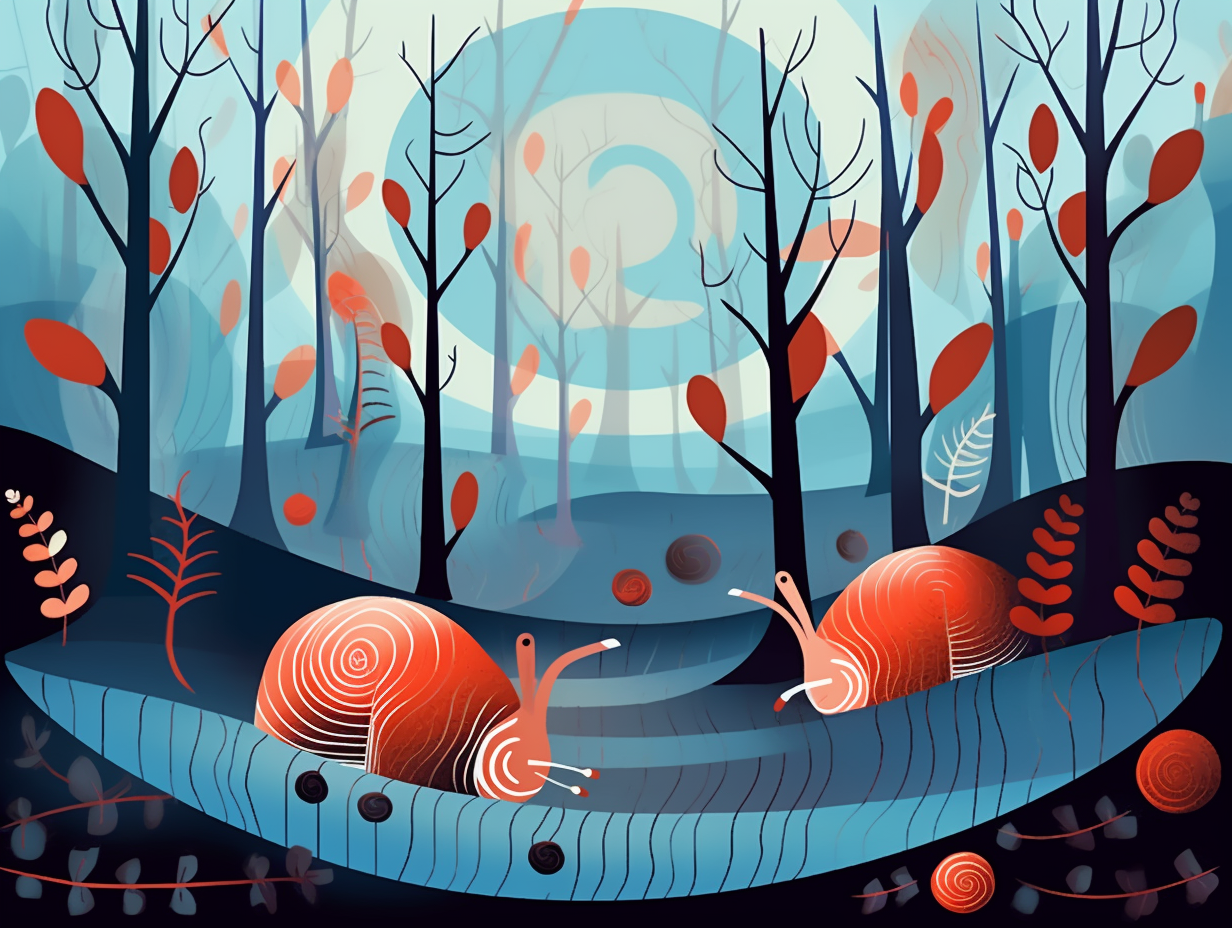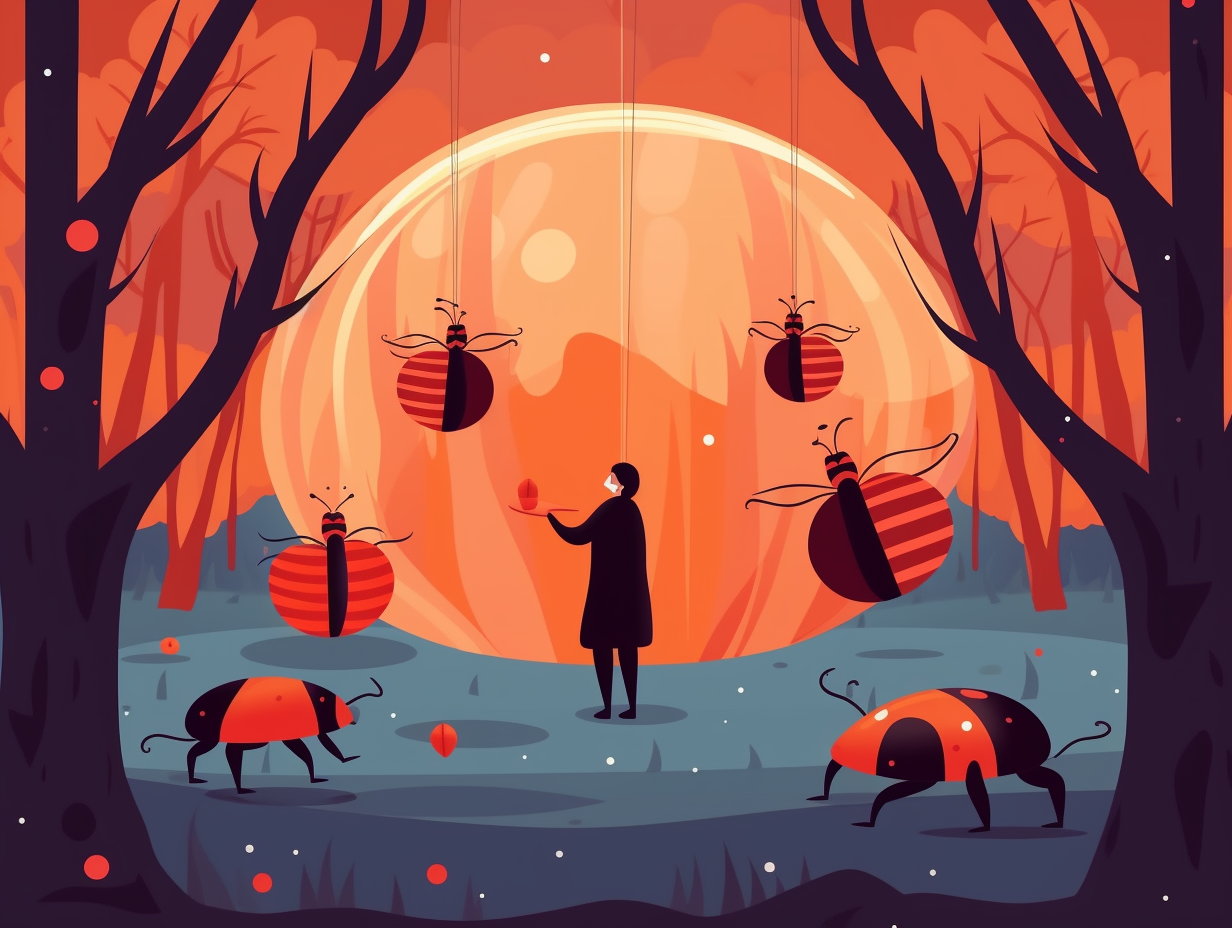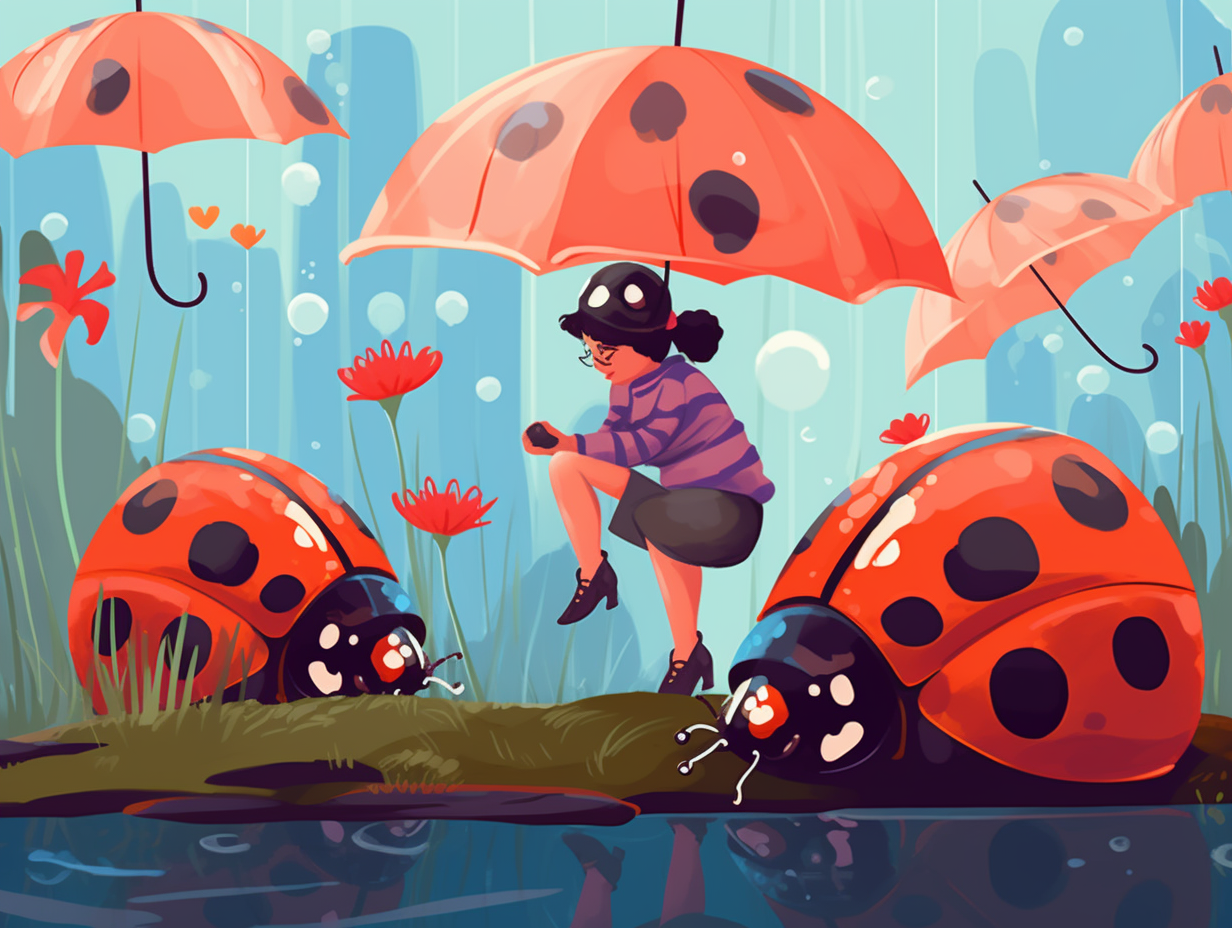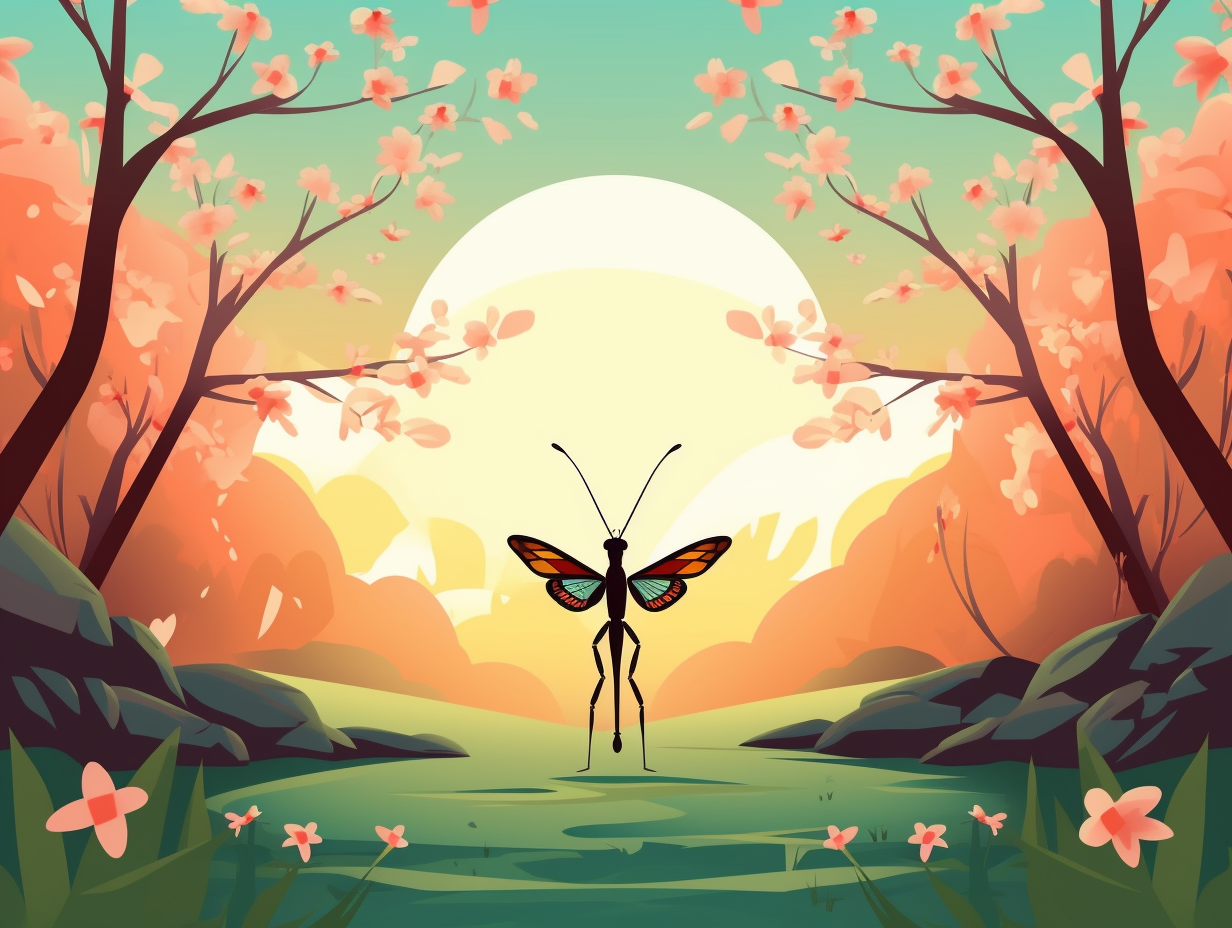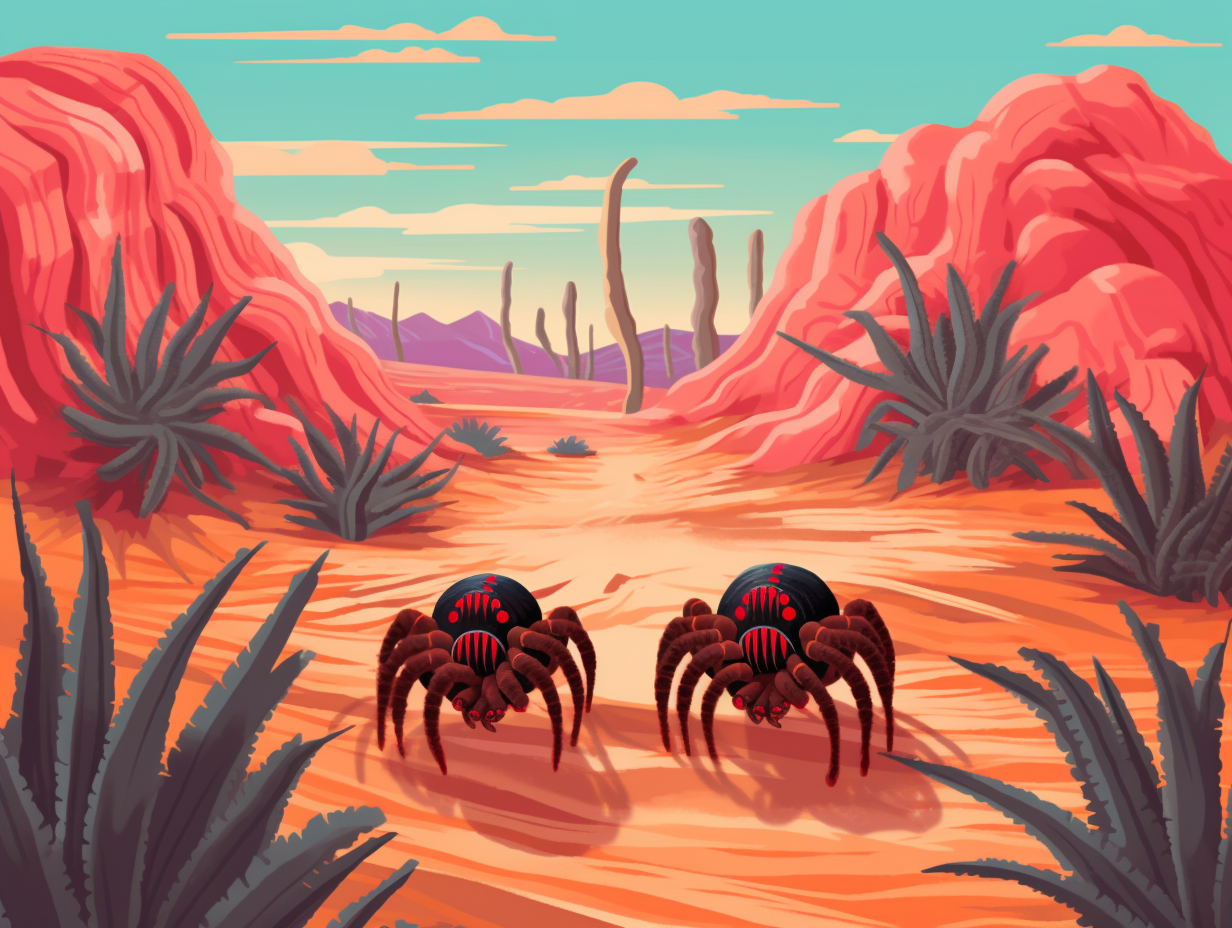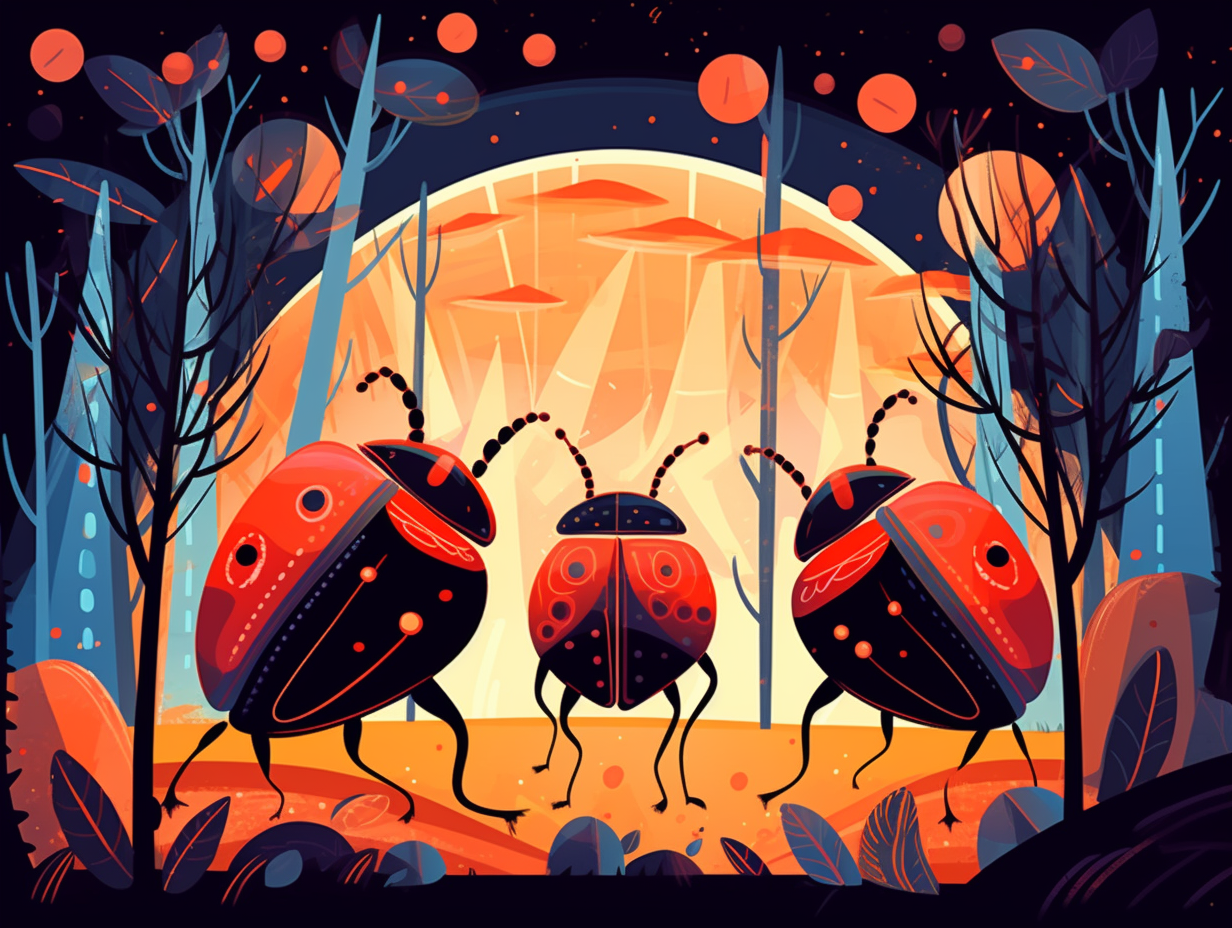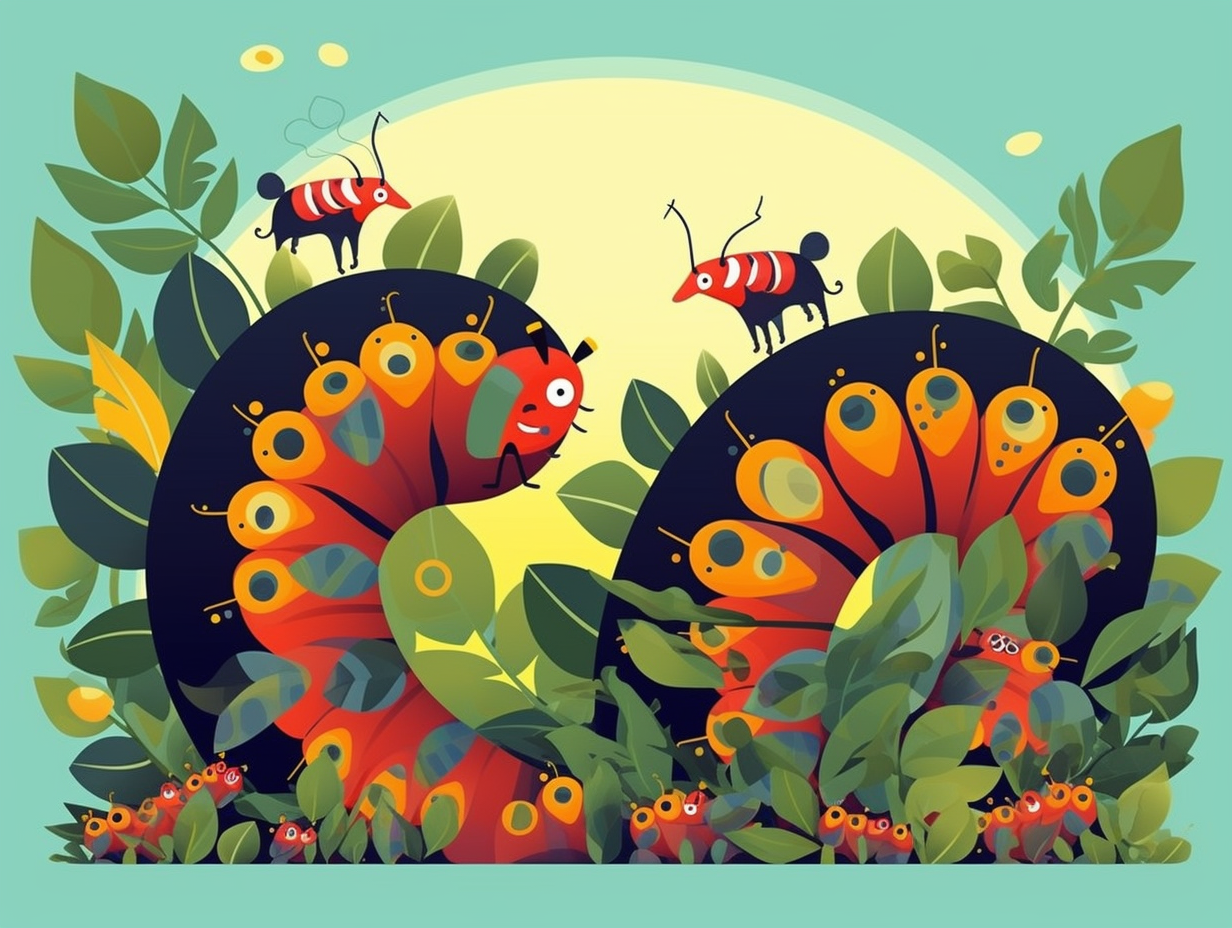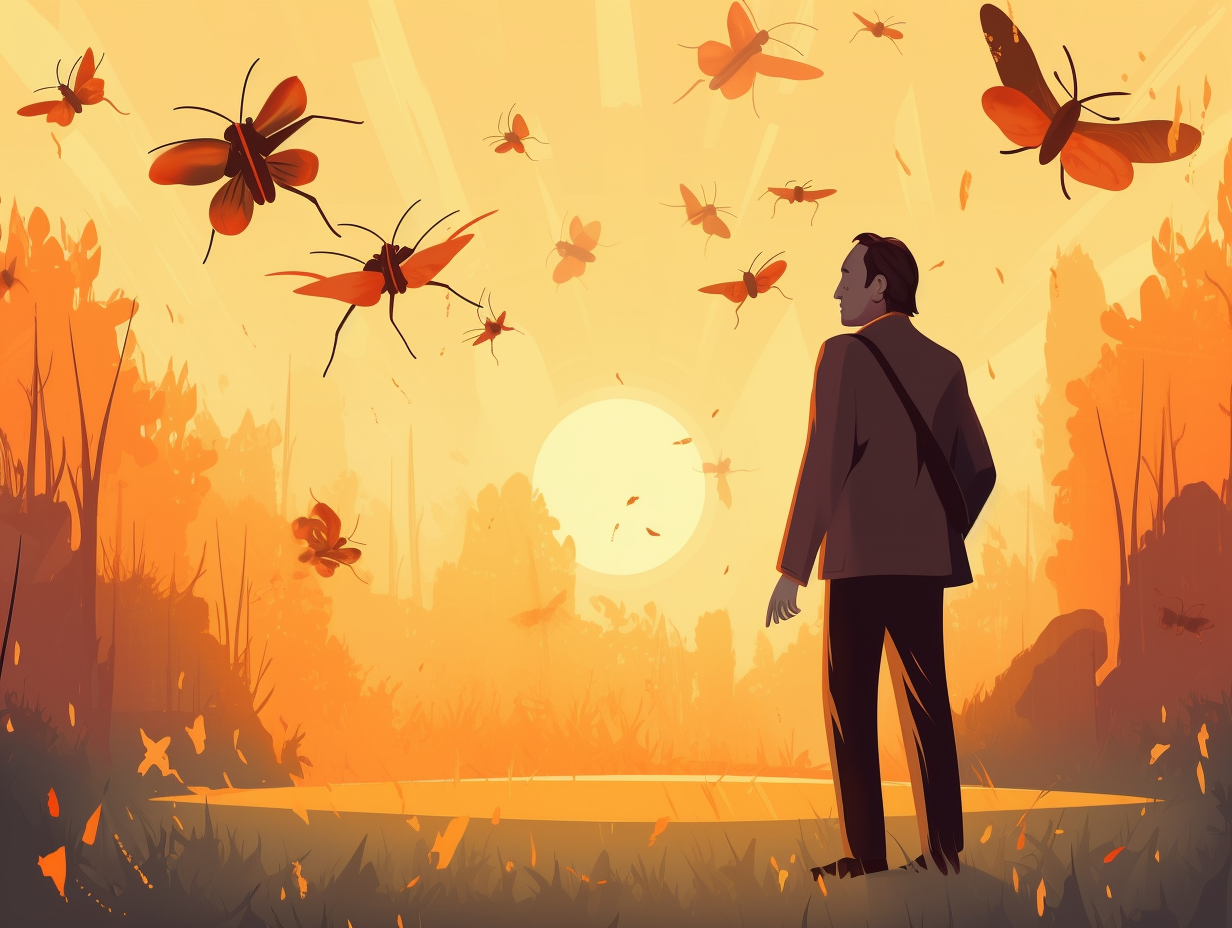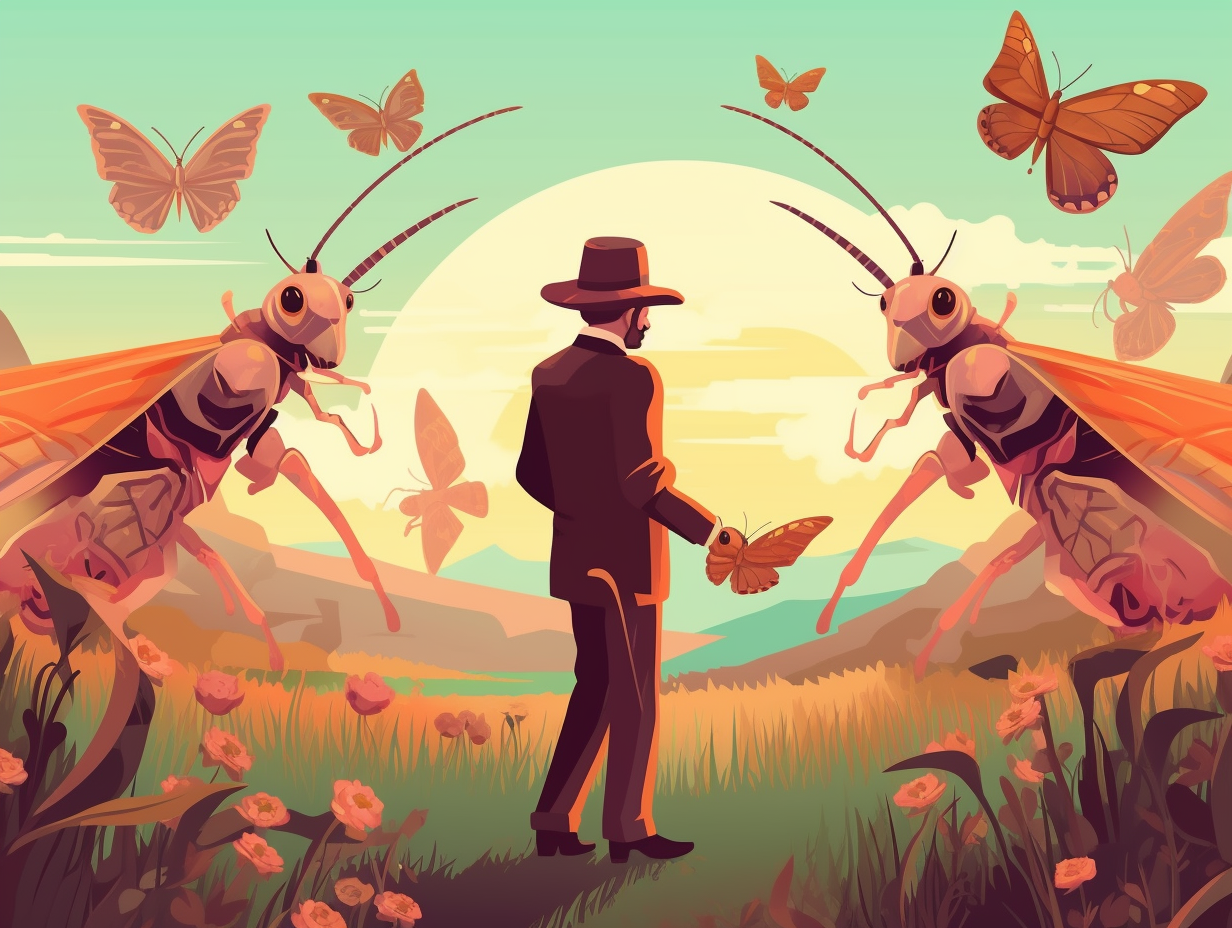Discover the Unusual: 12 Entertaining and Bizarre Facts About Stick Bugs You Never Knew
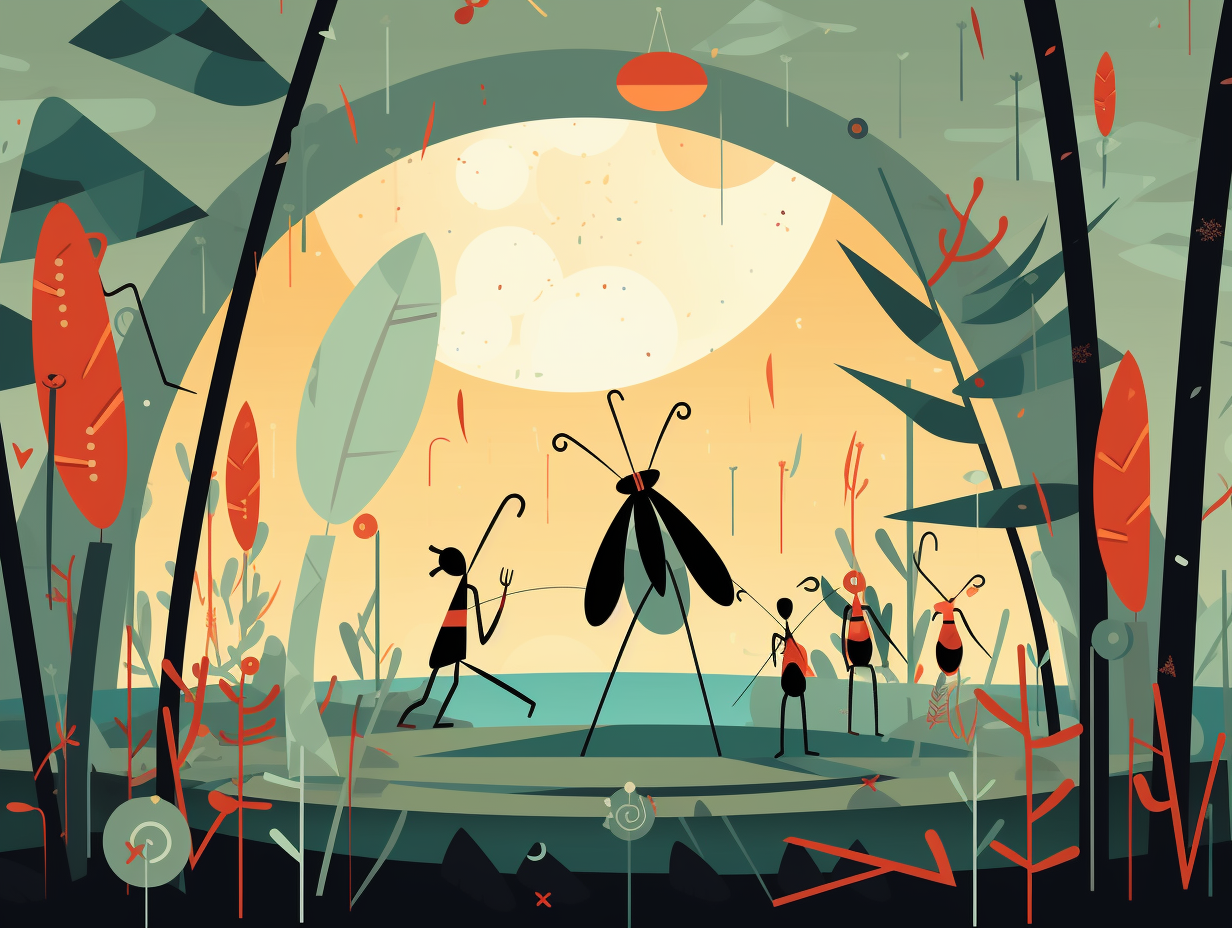
1. Masters of Camouflage
In a world where many creatures stand out, stick insects have chosen to branch out, mastering the stealthy art of blending in: these cunning critters are so adept at camouflage that they've evolved to resemble leaves or twigs, making them almost invisible to predators lurking in our leafy planet.
Source => amentsoc.org
2. Stinky Dinner Party
If stick bugs threw dinner parties, chances are you wouldn't want to be their guests, as their cooking would have a unique... er, fragrance: These crafty critters can secrete a foul-smelling chemical from glands in their mouths to repel predators, with some species even packing a fiery little surprise that causes burning in the predator's eyes and mouth.
Source => coolkidfacts.com
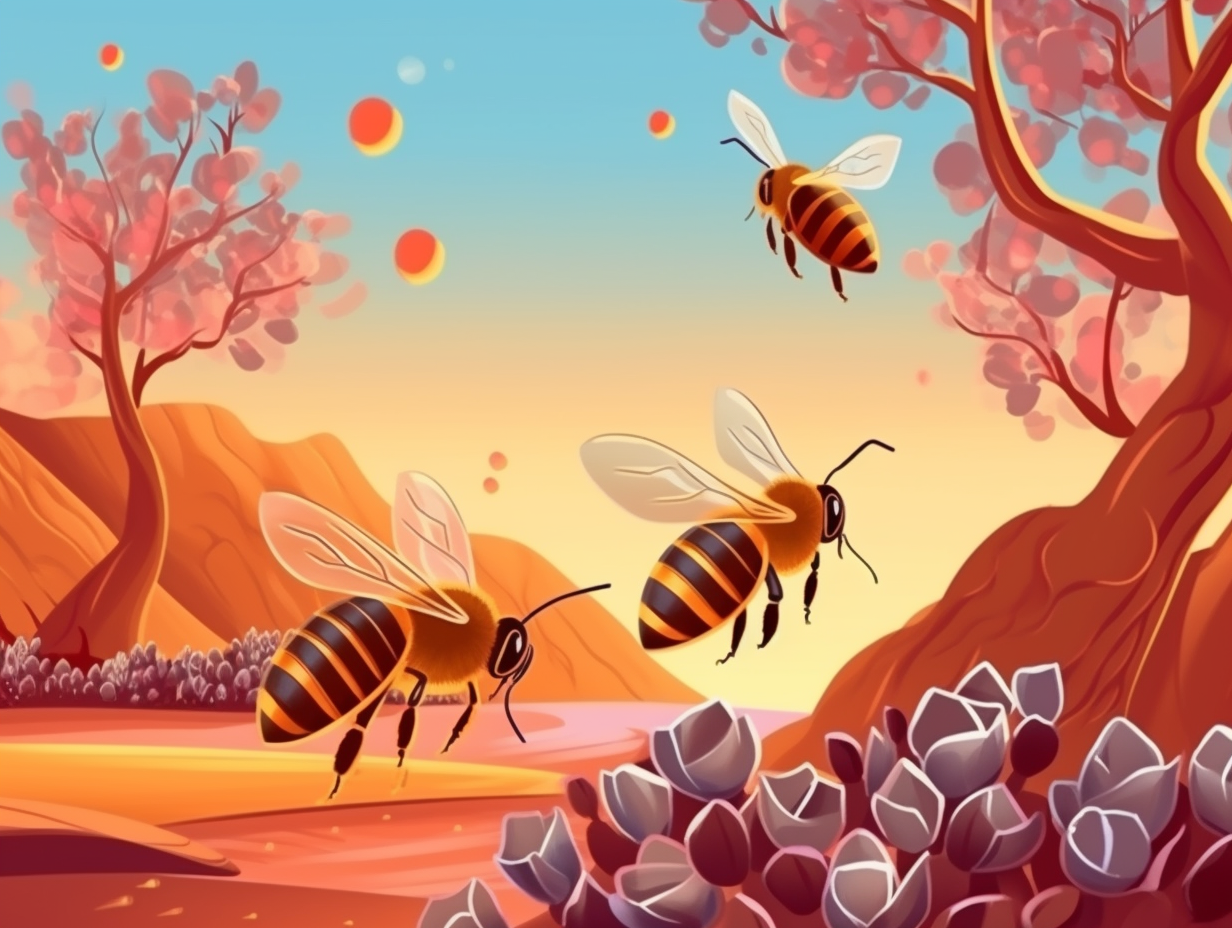
Did you know honeybees have an incredible spatial memory, allowing them to recognize and visit specific flowers up to five days later? Discover their amazing flower power skills!
=> Fun Facts about Bees
3. Twig Mimesis Experts
When twig enthusiasts unite, stick bugs steal the show: these crafty critters use "twig mimesis," a defense technique where they pose as sticks, evading predators thanks to an intricate neural network in their leg joints which grants them the power of slow-motion, creating their unique stick-like movements.
Source => researchgate.net
4. Clever Egg-laying Strategies
Stick bugs, the masters of hide and egg-seek: These clever ladies lay their eggs in hard-to-reach places like hollow plants, under leaves, or underground, and sometimes even use ant nests as nature's babysitters by luring ants with nutrient-filled egg capsules to hatch their babies safely.
Source => animals.sandiegozoo.org
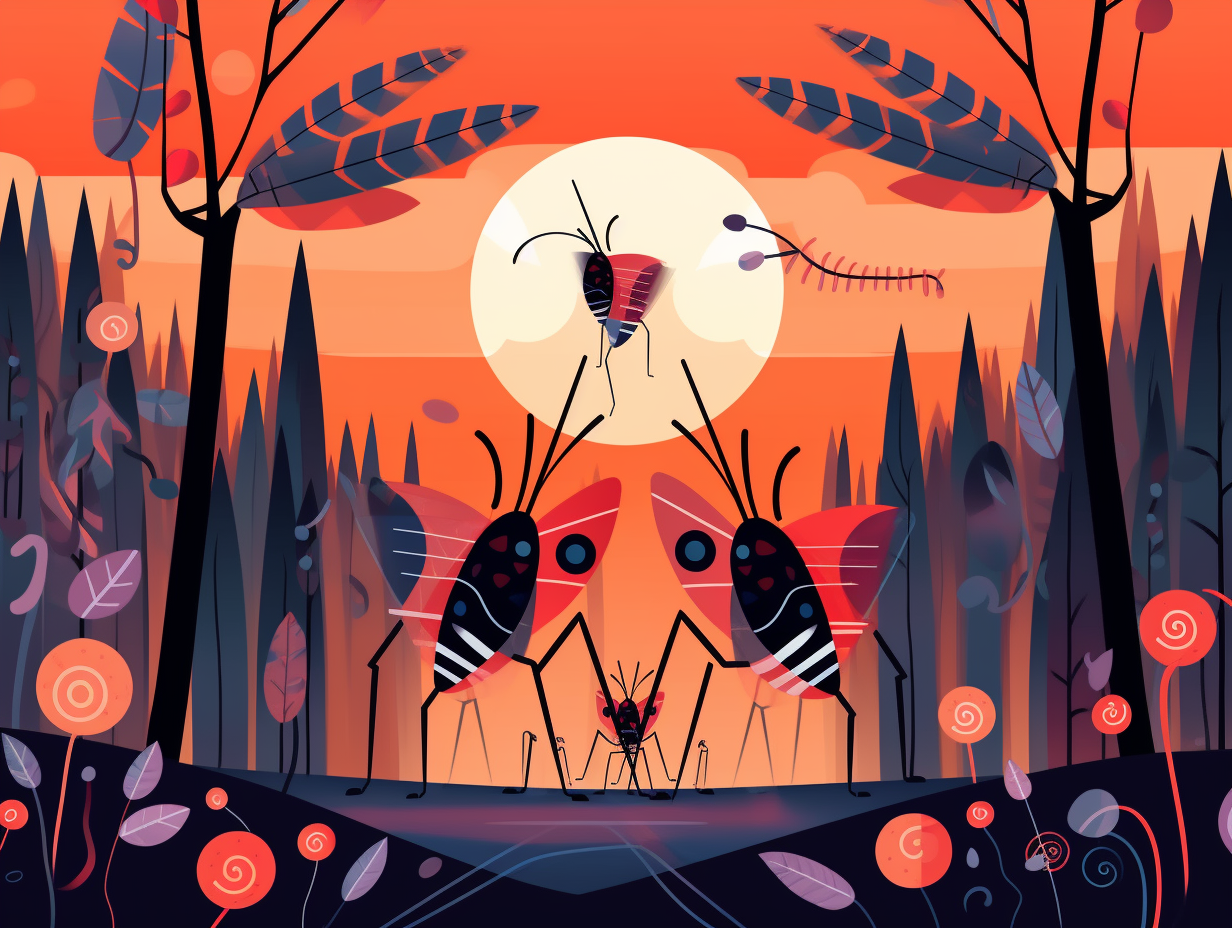
5. Fitting in with the Twigs
Talk about being "stuck" between a twig and a hard place: the northern walking stick, found in Maryland, is one of the longest insects in the area at nearly four inches, and has mastered the art of camouflage by replicating the twigs it imitates, even swaying with the breeze, and fending off predators with a stinky chemical surprise.
Source => bugoftheweek.com
6. Escape Artist Adaptations
Stick bugs: nature's masters of "You can't see me" and escape artists extraordinaire! Using tools like a skunk's great-uncle and legs that take the phrase "drop it like it's hot" way too seriously, these cunning critters always have a trick up their sleeve: Armed with various defenses, stick insects can release unpleasant odors, squirt blinding liquid, and even drop and regrow limbs as a means to ward off predators and survive in the wild.
Source => nwf.org
7. Chameleons' Rival
Behold nature's ultimate hide-and-seek champions that make chameleons look like amateurs: stick bugs have mastered the art of camouflage, evolving to resemble sticks, leaves, flowers, or thorns, ensuring their survival by fooling both predators and prey.
Source => treehugger.com
8. Exoskeleton Recycling
Talk about exchanging old clothes for a new look: the Lord Howe Island stick insects, also known as tree lobsters, shed their exoskeletons five times before reaching adulthood, and they even eat their old shell in an act of resourceful munching.
Source => stories.sandiegozoo.org
9. Leg-dropping Survivalists
Talk about losing your leg to stand on: Some stick insect species can actually drop their legs to evade predators and then astonishingly regrow them, allowing the escape artist insects to keep on truckin' and functioning perfectly fine!
Source => nwf.org
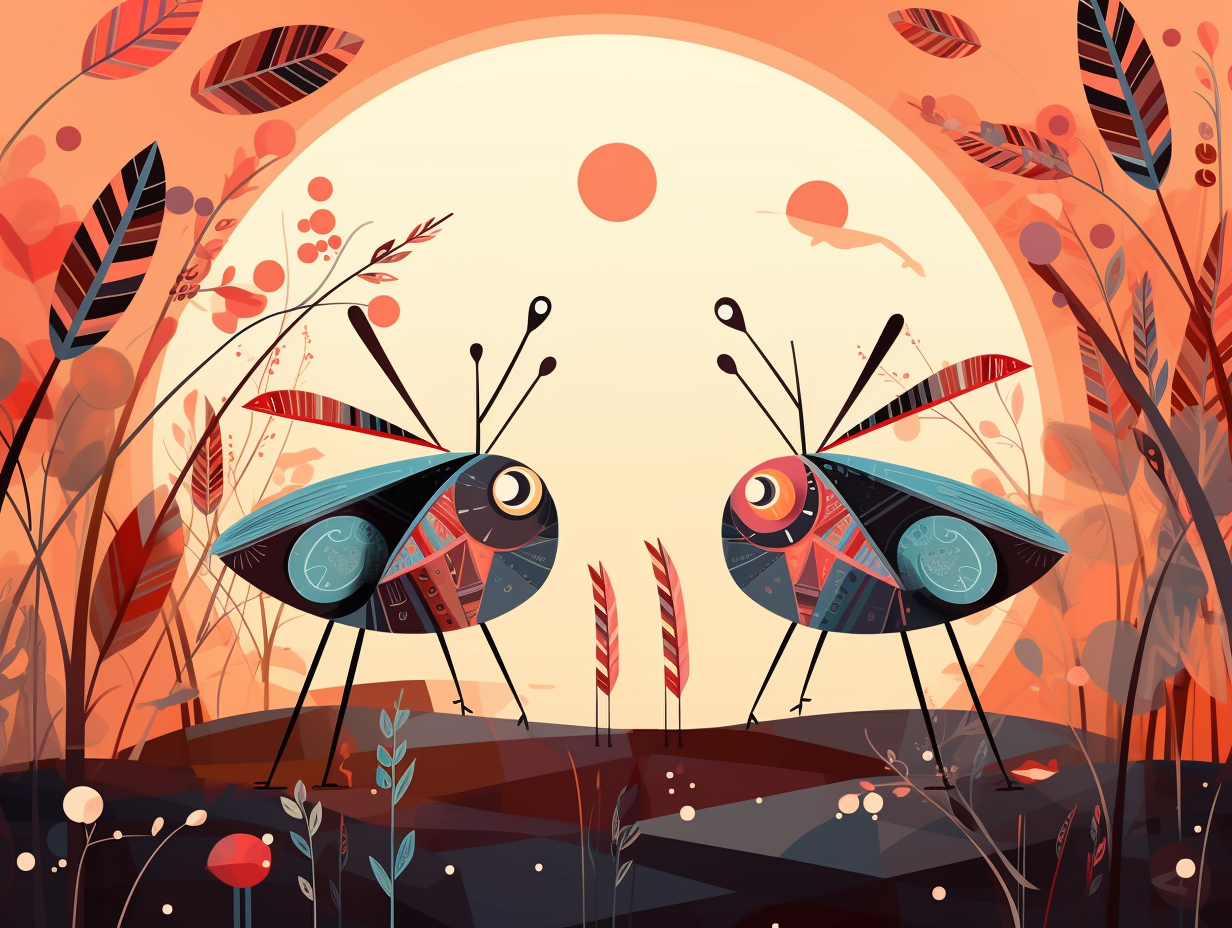
10. Size Defying Insects
In a world where size matters and longer is better, stick bugs have truly stretched the limits of the insect kingdom: The largest Phobaeticus kirbyi can measure a whopping 21 inches when its legs are fully outstretched, and these twig-mimicking masters of camouflage come in all sizes, ranging from a mere half inch to an impressive 13 inches, making them the ultimate deceptive tree-dwellers.
Source => nationalgeographic.com
11. Stinkin' Superpower
Talk about a stinkin' superpower: Peru's Oreophoetes peruana stick insects defend themselves by shooting a nasty-smelling fluid containing a unique chemical called quinoline, which effectively wards off ants, spiders, cockroaches, and frogs – and they can even dish out the stench right after molting!
Source => pubmed.ncbi.nlm.nih.gov
12. Hangry Insect Teens
Stick insects are basically the "hangry" teenagers of the bug world, remarkably able to sulk away without sustenance for days, and notoriously picky when it comes to what they'll actually eat: These impressive creatures can survive without food for up to 5 days, though it's not advisable, given potential health risks – their survival technique relies on their energy-conserving, still-as-a-statue nature, thriving on fresh leaves sprayed with water for hydration and camouflage purposes.
Source => insectic.com
Related Fun Facts


